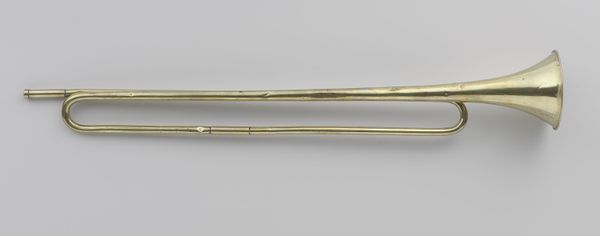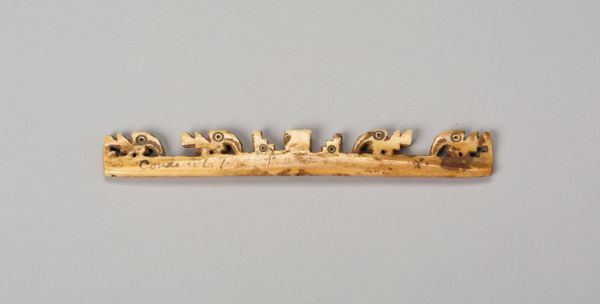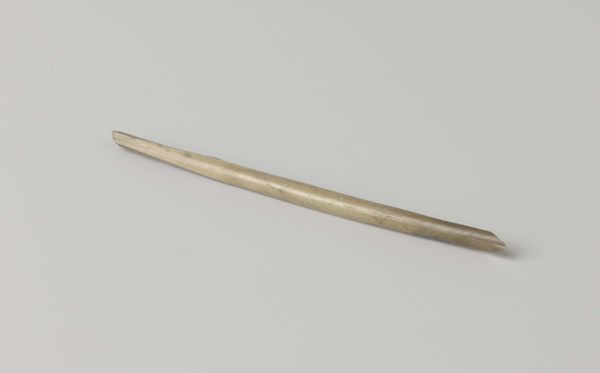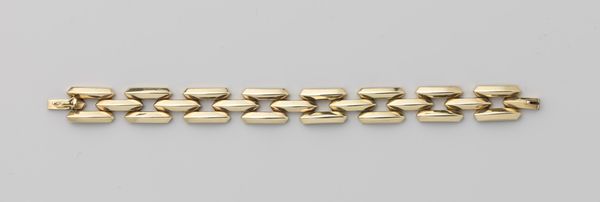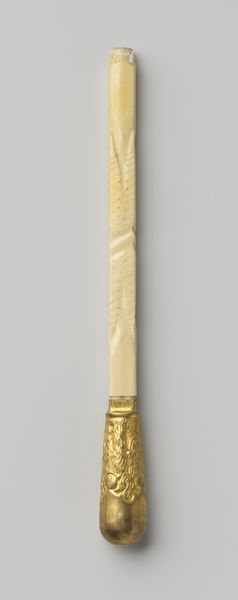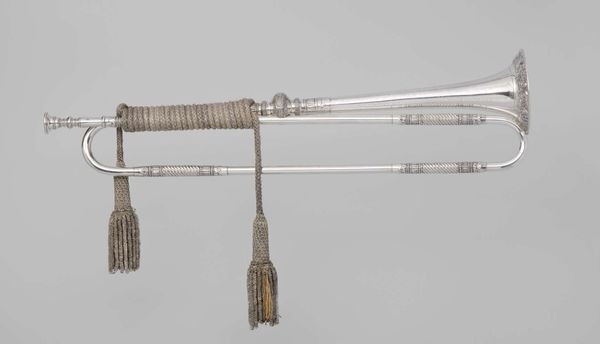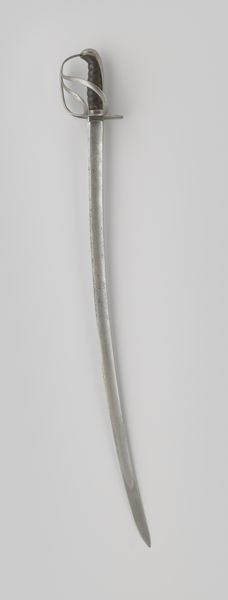
metal, bronze, architecture
#
baroque
#
metal
#
bronze
#
form
#
geometric
#
decorative-art
#
architecture
Dimensions: height 345 cm, width 40 cm, depth 63.5 cm, weight 257 kg
Copyright: Rijks Museum: Open Domain
This wrought iron gate section, likely made in the Netherlands in the early 18th century, was designed by Daniël Marot for Huize de Voorst. Marot, a Huguenot refugee, brought French Baroque design principles to the Netherlands, influencing architecture and decorative arts. This gate section, with its gilded spear-like finials, reflects the period's emphasis on symmetry and grandeur, meant to project the owner's wealth and social status. Huize de Voorst, built for Willem van Dedem, needed to reflect his ambition. Gates were not just functional; they were statements of power. Ironwork, once purely utilitarian, became an art form, showcasing technical skill and aesthetic refinement. This section offers insights into the social hierarchies and cultural exchanges of the Dutch Golden Age. Further research into period pattern books, estate inventories, and social histories would illuminate the significance of such decorative elements in shaping perceptions of status and authority.
Comments
No comments
Be the first to comment and join the conversation on the ultimate creative platform.


